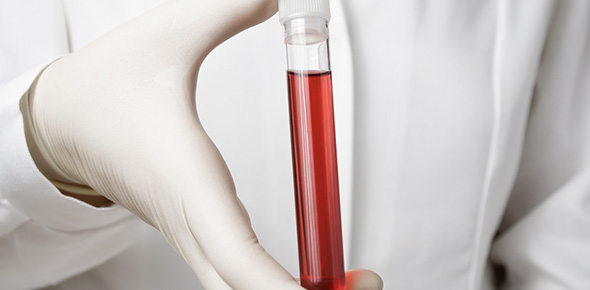Related Flashcards
Cards In This Set
| Front | Back |
|
What is the cause of breast cancer?
|
Unknown.
thought to be due tto exposure to unopposed endogenous estrogen. also linked to mutations in BRCA genes. |
|
What are risk factors of breast cancer?
|
1) age - 85% of breast cancers occur above the age of 40
2) obesity - due to the peripheral conversion of androstenodione to estrone and the decrease in the levels of sex steroid binding gluobulins 3) demographic area - thought to be linked to a high fat diet 4) prolonged menstruation 5) ionizing radiation 6)previous history of breast cancer 7) Heavy alcohol consumption 8) higher age of first parity 9) Mutations in BRCA 1 and 2 Genes |
|
What percentage of breast cancers are genetic?
|
5-10%
|
|
What is the life time risk of breast cancer in women with BRCA 1 and 2 mutations?
|
85%
|
|
What is the life time risk of ovarian cancer in women with BRCA 1 and 2 mutations?
|
With BRCA 1 40 - 50%
With BRCA 2 15 - 20% |
|
What is the mean diameter of a breast mass discovered by women who perform self exams at monthly intervals.
|
2 cm
|
|
On what chromosomes are BRCA 1 and 2 located?
|
Chromosome 17 and 13 respectively
|
|
What % of women with risk factors develop cancer?
|
25%
|
|
What is the life time risk of developing breast cancer without a single risk factor?
|
1 in 17, the same risk as lung cancer in a woman who smokes!
|
|
Treatments that can reduce the risk of breast cancer?
|
1. prophylactic bilateral oophorectomy before age 35 without hormone replacement - reduces the risk by 70%
2. prophylactic bilateral mastectomy - by 90%
3. tamoxifen use - does not reduce the risk of devleloping estrogen receptor neg cancers
|
|
What are the established methods of detection for breast cancer?
|
1. self-examination of the breasts
2. periodic examination by physicians, and
3. mammography
|
|
What are the kinetics of growth of breast tissue?
|
The average breast mass doubles in volume every 100 days and doubles in diameter every 300 days
|
|
Growth rate of breast cancer
|
A breast carcinoma grows for 6 to 8 years before reaching a diameter of 1 cm. In slightly less than another year the carcinoma will reach 2 cm in diameter.
|
|
What position Should the patient be ideally for the physician to detect axillary masses?
|
Sitting
|
|
A. skin retraction
b. peu d'orange
c. retraction of right nipple
d. retraction of left nipple
|
 |







